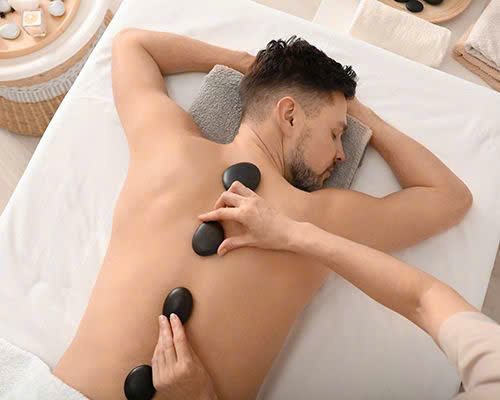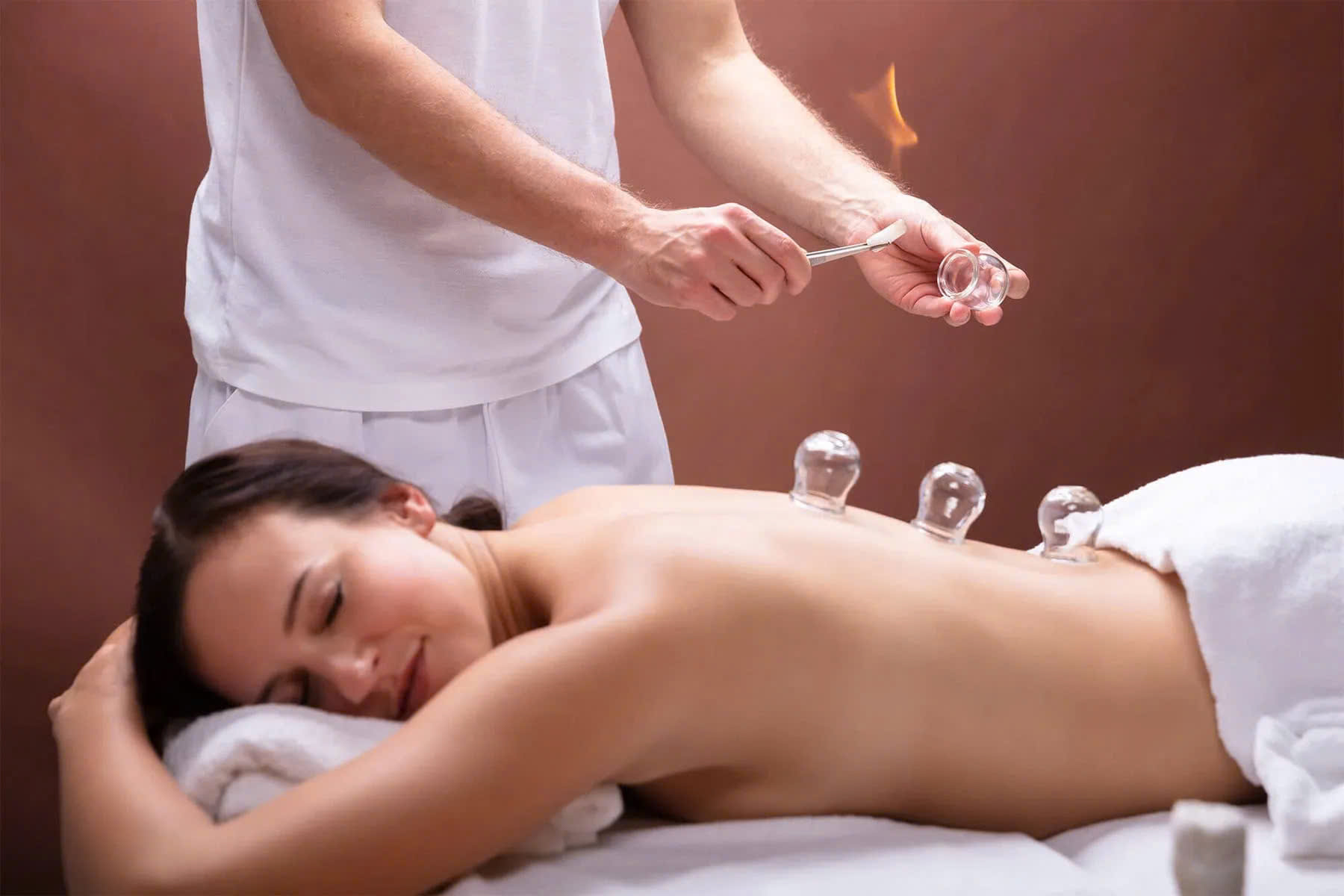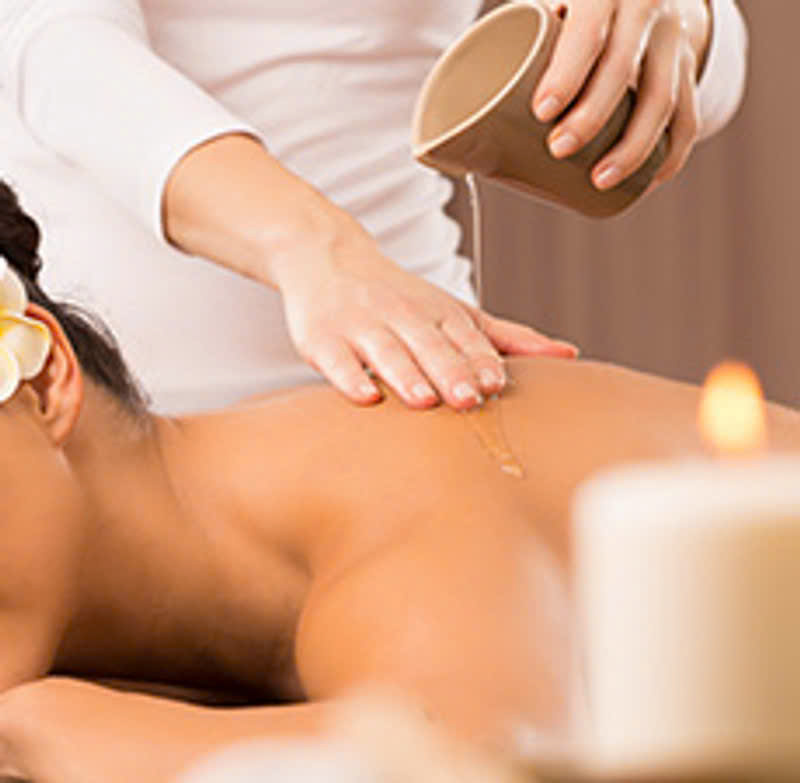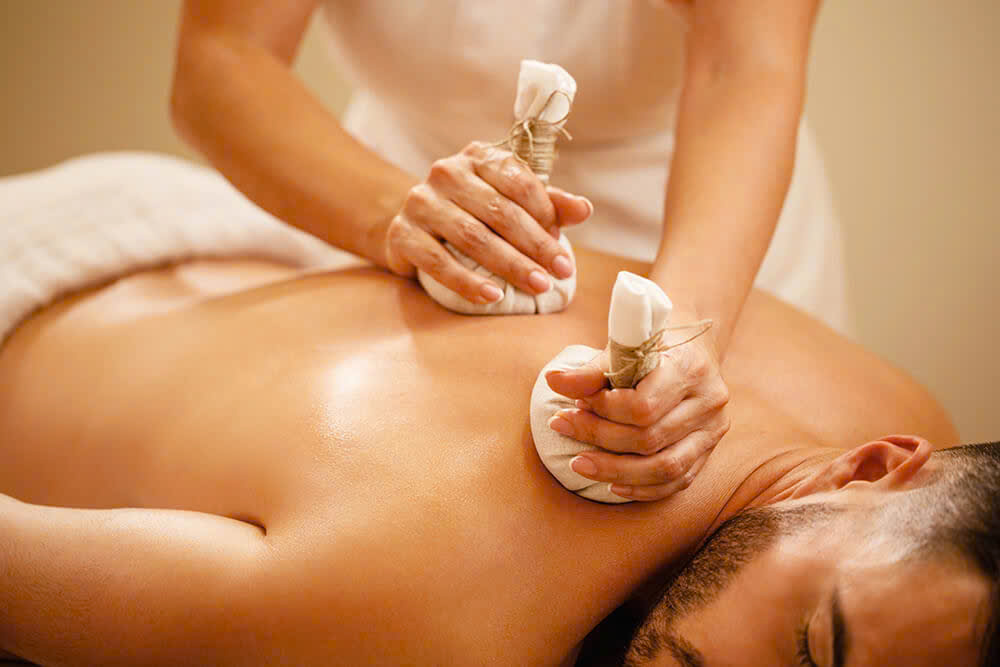Discover Different Types of Massage: Find the Perfect Fit for You
When exploring types of massage, many find themselves overwhelmed by the variety of options available. Each massage technique offers distinctive benefits, suited to different needs, preferences, and health conditions. Understanding what are the different types of massage? can empower you to select the most suitable treatment, making your experience both enjoyable and beneficial. By delving into which types of massage is right for you, the particular advantages they provide, and how to discern the best match, you can optimize your journey toward relaxation, healing, and wellness.

Types of Massage
The realm of types of massage is vast and diverse, encompassing traditional practices rooted in history, as well as modern innovations. From soothing strokes to deep tissue work, each form has unique techniques designed to target specific issues or promote particular benefits. When considering which type of massage to pursue, it’s crucial to understand that no single approach fits all; instead, selecting a method aligned with your physical needs, emotional state, and personal preferences can significantly enhance the benefits you receive.
In this section, we’ll explore the prominent types of massage, highlighting their characteristics, purposes, and typical applications, so you can start identifying which approaches might resonate with your goals.
Swedish Massage
Swedish massage is perhaps the most widely recognized and practiced type of massage globally. It involves long, flowing strokes, kneading, rhythmic tapping, and gentle friction, aimed at promoting overall relaxation and improving circulation.
Key Features and Techniques
Swedish massage primarily focuses on superficial muscles, using light to moderate pressure to relax muscle fibers, increase blood flow, and reduce tension. The strokes are typically gentle but deliberate, creating a calming effect that reduces stress and enhances overall well-being.
Ideal Uses and Benefits
This type of massage is suitable for individuals seeking stress relief, relaxation, or relief from minor muscular discomfort. It’s often recommended for those new to massage therapy due to its gentle nature and broad applicability.
Personal Insights
Many clients report feeling profoundly relaxed after a Swedish massage, with an improved mood and decreased anxiety. Its non-invasive approach makes it accessible to a wide audience, including pregnant women and elderly individuals, though adjustments may be necessary.
Deep Tissue Massage
Deep tissue massage targets the inner layers of muscles and connective tissues, employing more intense pressure to address chronic muscle pain and tension.
Key Features and Techniques
This type of massage uses slow, firm strokes, often involving elbow or forearm pressure, to break down adhesions and release tight muscles. It requires skilled practitioners who can gauge the appropriate force without causing undue discomfort.
Ideal Uses and Benefits
Deep tissue massage is particularly effective for athletes, individuals with muscular injuries, or those experiencing persistent pain such as back or neck ache. It helps in reducing inflammation, improving range of motion, and alleviating chronic pain.
Personal Insights
While the sensation can be intense during the session, many clients find the results worthwhile, reporting significant pain relief and improved flexibility afterward. Communication with your therapist is key to ensuring comfort and effectiveness.

Sports Massage
Specialized for athletes and active individuals, sports massage combines various techniques to prepare the body for activity and aid recovery afterward.
Key Features and Techniques
This type of massage integrates deep tissue work, stretching, and compression to improve athletic performance, prevent injuries, and support muscle recovery. It often involves pre-event preparations and post-event treatments.
Ideal Uses and Benefits
Sports massage can reduce muscle soreness, enhance endurance, and speed up healing of sports-related injuries. Its dynamic approach addresses both acute and chronic issues related to physical activity.
Personal Insights
Athletes often incorporate sports massage into their routine for optimal performance and recovery. Even non-athletes engaged in regular vigorous exercise can benefit from its targeted approach.
Aromatherapy Massage
Blending the power of essential oils with massage techniques, aromatherapy massage aims to stimulate the senses and promote emotional well-being.
Key Features and Techniques
In this type of massage, aromatic oils are infused into the skin via gentle strokes. The choice of oil—lavender for relaxation, peppermint for invigoration—adds an extra layer of therapeutic benefit.
Ideal Uses and Benefits
Aromatherapy massage can help alleviate stress, improve sleep quality, and boost mood. It’s especially popular for relaxation, mental clarity, and emotional balance.
Personal Insights
This holistic approach appeals to those seeking a sensory experience that nurtures both mind and body. Personal preferences for scents can influence the overall effectiveness.
Hot Stone Massage
This type of massage involves the placement of heated stones on specific points on the body, combined with traditional massage techniques.
Key Features and Techniques
The heat from stones penetrates deeply into muscles, aiding in relaxation and increasing blood flow. The stones are often used as tools for massage strokes or positioned on trigger points.
Ideal Uses and Benefits
Hot stone massage is excellent for muscle relaxation, relieving tension, and warming up stiff joints. It’s particularly appealing in colder climates or for individuals with chronic muscle tightness.
Personal Insights
Many clients find the warmth soothing and the experience uniquely restorative, making it a favorite for those looking to unwind deeply.
What are difference types of massage?
Understanding what are the different types of massage? involves recognizing their distinct techniques, focus areas, and intended outcomes. While some massages emphasize relaxation, others aim at targeted therapy for pain relief or injury rehabilitation.
Differences in Technique and Approach
- Swedish Massage employs gentle, flowing strokes emphasizing relaxation.
- Deep Tissue Massage uses intense pressure to reach deeper muscle layers.
- Sports Massage combines multiple techniques tailored to athletic needs.
- Aromatherapy incorporates essential oils for emotional and psychological benefits.
- Hot Stone uses heat and stones for profound relaxation and muscle loosening.
Differences in Application and Goals
Some types of massage are better suited for stress reduction, like Swedish and aromatherapy, while others like deep tissue and sports massage focus on physical ailments and recovery.
Understanding these differences allows you to choose a type of massage aligned precisely with your health status, preferences, and goals, whether it’s relaxation, pain management, or enhancing athletic performance.

Which types of massage is right for you
Choosing the appropriate which types of massage is right for you depends on your individual needs, state of health, and personal preferences. A thoughtful assessment of your goals—including relaxation, pain relief, injury recovery, or emotional wellbeing—is essential.
Assessing Your Needs
Before selecting a type of massage, reflect on what you hope to achieve. Do you want to unwind after a stressful week? Are you recovering from a sports injury? Or do you simply wish to explore a new self-care ritual? Answering these questions provides clarity.
Consulting Professionals
Professional massage therapists can evaluate your condition and recommend suitable techniques. Sharing your health history, current discomforts, and expectations ensures personalized guidance.
Matching Techniques to Goals
- For general relaxation and stress relief, Swedish or aromatherapy massage are ideal.
- For chronic muscle pain or injuries, deep tissue or sports massage might be more effective.
- For emotional and mental balance, aromatherapy or hot stone massage can be particularly beneficial.
Considering Personal Preferences
Comfort and enjoyment play key roles in choosing which types of massage will be most effective for you. If you dislike deep pressure, opt for gentler modalities. If you prefer heat, hot stone massage may be more appealing.
What are benefits they provide
Different types of massage offer various benefits, ranging from physical health improvements to emotional and mental wellbeing. Recognizing what are the benefits they provide can motivate you to incorporate massage into your wellness routine.
Physical Health Benefits
Most massages improve circulation, reduce muscle tension, and enhance mobility:
- Pain Relief: Targeted therapies like deep tissue and sports massage alleviate soreness and chronic pain.
- Enhanced Flexibility: Regular massage helps loosen stiff muscles and connective tissues.
- Detoxification: Increased blood flow promotes the removal of metabolic waste products.
Mental and Emotional Benefits
Massage therapy is renowned for its capacity to reduce stress and elevate mood:
- Stress Reduction: Gentle modalities like Swedish and aromatherapy stimulate relaxation responses.
- Anxiety and Depression Alleviation: The calming effects of massage can decrease cortisol levels and promote happiness hormones.
- Better Sleep: Relaxation induced by massage may improve sleep quality and duration.
Specific Therapeutic Benefits
Certain types of massage are tailored to address particular health concerns:
- Deep tissue massage helps in managing chronic pain conditions like fibromyalgia.
- Sports massage accelerates recovery from injuries and prevents future strains.
- Aromatherapy supports emotional resilience and mental clarity.
Holistic Wellness
Beyond physical benefits, massage fosters mindfulness, body awareness, and emotional stability, contributing to a comprehensive sense of health and vitality.
How to choose best types of massage for you
Selecting the best types of massage for you involves a combination of understanding your needs, consulting professionals, and listening to your body’s responses.
Evaluate Your Specific Goals
Identify your primary reasons for seeking massage therapy: relaxation, pain relief, injury recovery, mental health, or a combination. Clear goals guide your choice.
Consider Your Medical Conditions
Some health issues require caution or avoidance of certain massage types. For example, people with osteoporosis should avoid deep tissue work, while pregnancy-safe massages are tailored for expectant mothers.
Understand Your Comfort Level
If you prefer gentle touch, Swedish or aromatherapy massages suit you; if you seek therapeutic intensity, deep tissue or sports massages may be better.
Explore and Experiment
Sometimes, trying different types of massage under professional guidance can help you discover what resonates most with your body and mind. Many spas and clinics offer introductory sessions or customized packages.
Budget and Accessibility
Factor in logistical aspects such as cost, availability, and practitioner expertise. Investing in trained, certified therapists ensures safety and maximum benefits.

What are difference between types of massage
Grasping what are the differences between types of massage helps demystify the options and enables informed decisions. These distinctions involve not only techniques but also goals, duration, intensity, and outcomes.
Technique and Pressure
- Swedish massage: Light to moderate, rhythmic strokes focusing on superficial muscles.
- Deep tissue: Heavy, slow strokes targeting deeper layers.
- Aromatherapy: Gentle, infused with essential oils for emotional benefits.
- Hot stone: Uses heat along with manual techniques for deep relaxation.
Intended Outcomes
- Relaxation and stress relief: Swedish, aromatherapy, hot stone.
- Pain management and injury recovery: Deep tissue, sports massage.
- Emotional and mental wellbeing: Aromatherapy, hot stone.
- Performance enhancement: Sports massage.
Duration and Session Structure
Sessions vary from 30 minutes to over an hour, depending on the type of massage and purpose. Deep, intensive massages tend to be longer to allow thorough work on targeted areas.
Suitability and Precautions
Certain types of massage are contraindicated for specific conditions, such as skin infections or cardiovascular issues. Knowing what are the differences enables you to choose safe and effective treatments.
Understanding the different types of massage and their unique characteristics equips you with the knowledge to make informed choices that align with your health goals and personal preferences. Whether seeking relaxation, pain relief, or emotional balance, recognizing what are the benefits they provide, and how to choose the best types of massage ensures a rewarding experience. Each type of massage carries its own set of techniques, benefits, and suitability, making it essential to consider your individual needs and consult qualified professionals. By exploring these options thoughtfully, you can unlock the full potential of massage therapy as a vital component of your wellness journey.
This exploration into the diverse world of massage therapy not only highlights the vast array of techniques available but also invites you to engage in a journey of self-discovery and healing. Embracing this journey means paying attention to your body’s signals, being open to new experiences, and understanding how different modalities can enhance your overall well-being.
A Personalized Approach
As you delve deeper into the types of massage, remember that every individual’s experience is unique. What works wonders for one person may not yield the same results for another. This subjectivity underscores the importance of a personalized approach to wellness. Many people find that their needs vary over time; today’s ideal massage might differ from what they require in a few months or years.
By maintaining an open mind and being willing to explore various types of massage, you can adapt your routine to address evolving concerns, whether you’re managing stress, recovering from an injury, or simply seeking relaxation. One’s journey through massage therapy can mirror the fluctuations of life itself—where sometimes you need gentle care, and other times, a more intensive focus on recovery.
The Role of Intuition
Listening to your intuition can play a significant role in determining which massage modality resonates with you most profoundly. After experiencing a session, reflect on how your body feels both immediately afterward and in the following days. Did the treatment help alleviate pain? Did it create a sense of calm, or did it leave you feeling tense? Such reflections can offer valuable insights into what kinds of therapies serve your unique needs best.
Additionally, don’t hesitate to communicate openly with your massage therapist about your experiences. Their training equips them to help guide you toward the right treatments, adjusting techniques based on your feedback. Building a rapport with your therapist can lead to more effective sessions tailored to your needs.
Integrating Massage into Your Wellness Routine
Once you’ve determined which types of massage are right for you, consider how to integrate these practices into your overall wellness routine. Regular massage sessions can be a powerful tool for maintaining physical health, emotional balance, and mental clarity. For instance, if you choose a monthly deep tissue massage to manage muscle tension, complementing it with bi-weekly relaxation-focused Swedish massages can provide a balanced approach to self-care.
Moreover, some people find that practicing mindfulness techniques such as meditation or yoga before or after a massage enhances their overall experience. The combination of physical manipulation through massage and mental focus through mindfulness creates a holistic approach that nurtures both body and spirit.
Final Thoughts
In conclusion, embarking on the journey through the myriad types of massage available can be transformative. By understanding what are the differences between types of massage, you empower yourself to make informed decisions that significantly impact your health and well-being. Whether it’s the soothing touch of a Swedish massage or the targeted pressure of deep tissue therapy, each type has unique qualities that cater to different needs.
As you explore the potential benefits, consider the unique interplay between your personal preferences, professional guidance, and your own body’s responses. With time and experimentation, you’ll likely discover your preferred modalities and even form lasting bonds with therapists who understand your journey.https://www.facebook.com/people/Jobe-Spa/pfbid0jUgVHD5gRTSj87n26qdNGKUQXnACX85QXsVjWnCDM1q2EHmGYkpsMz75csoCtg9kl/
Ultimately, massage therapy represents an opportunity for self-care and rejuvenation—a chance to reconnect with your body, relieve stress, and cultivate a profound sense of well-being. As you navigate this rich landscape, remember that each session holds the potential for healing, growth, and transformation, leading you closer to a harmonious and joyful existence.https://jobedubaispa.com/massage-for-women/
